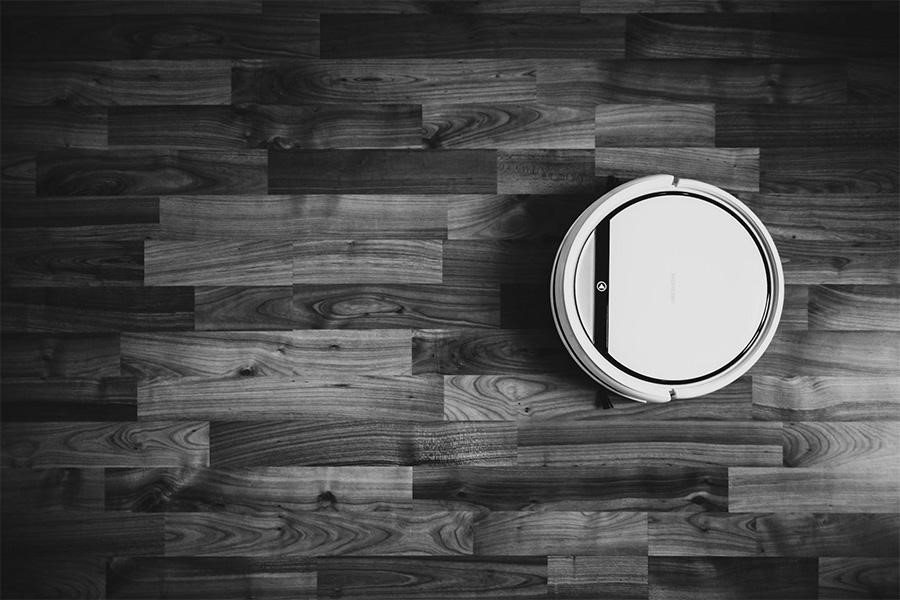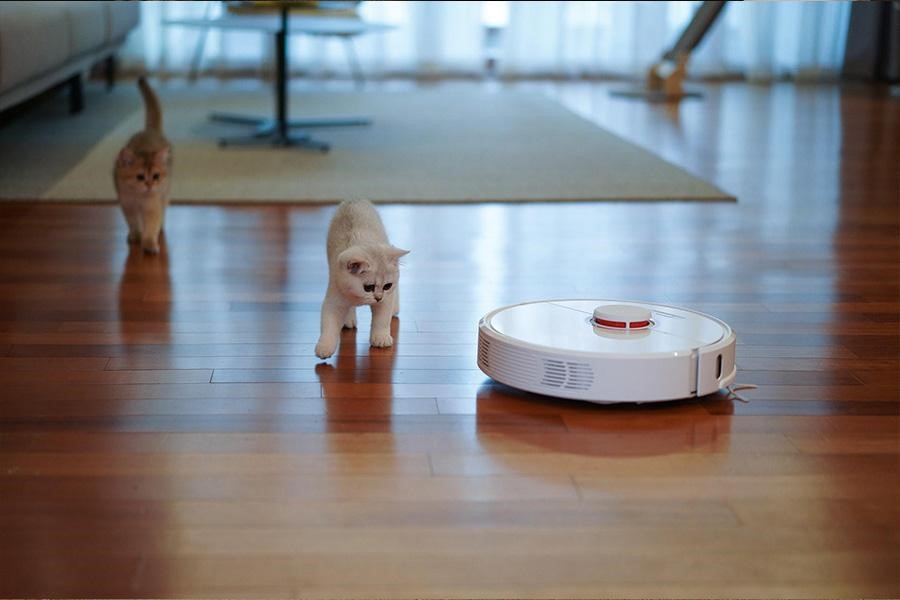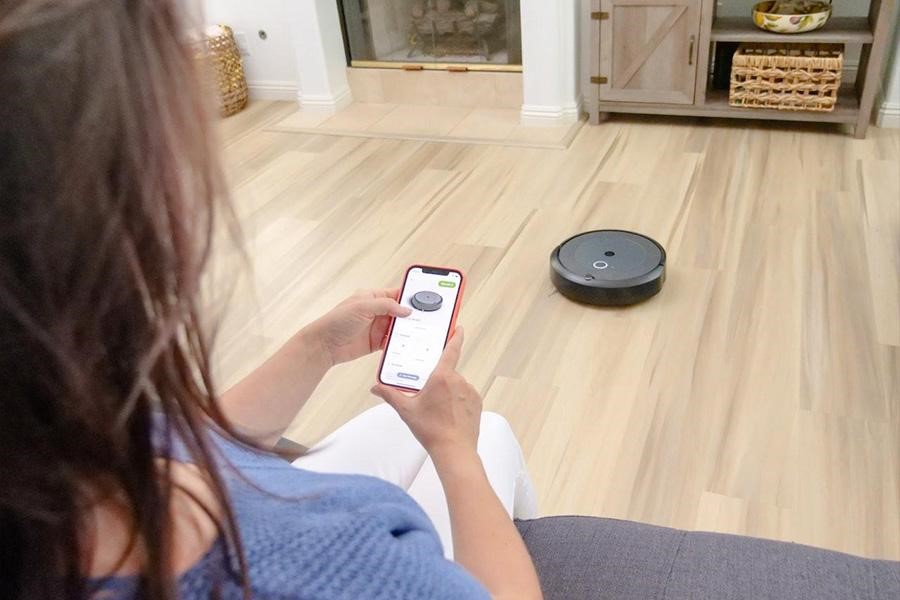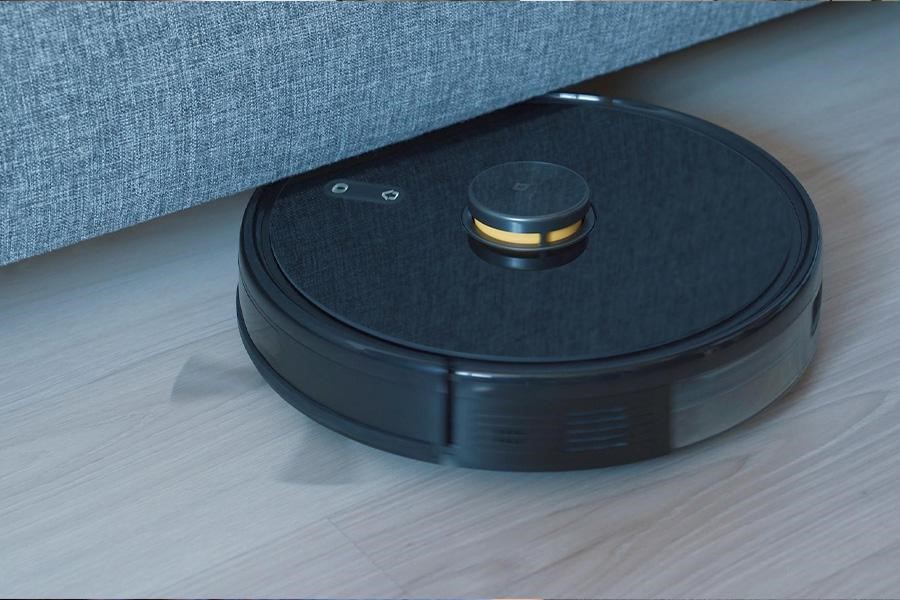Robotic vacuum cleaners are making consumers’ lives much easier thanks to innovative technology such as self-cleaning capabilities. These robots can vacuum the entire house with the press of a button, empty the dirt, and return to the charging station. The market is flooded with different models with varying features. So read on to learn about the most important factors to consider when shopping for robot vacuum cleaners.
Table of Contents
Insights into the robotic cleaner market
Key features to consider when looking for robot vacuums
Robots are the new cleaning essential
Insights into the robotic cleaner market

The global robot vacuum cleaner market was valued at US $3.58 billion in 2021 and is projected to grow at a compound annual growth rate (CAGR) of 23.2% between 2021 to 2028. Because of the increasing adoption of automated devices in smart homes, the market is expected to grow to $15.4 billion in the coming years.
Furthermore, technological advancements such as Wi-Fi connectivity, AI features, and voice command, among others, are expected to promote these products during the projected timeline. A number of brands are investing in robot technology to create new features to meet evolving customer demand, while many advanced robots can now accept voice commands from Alexa, Google’s voice assistant.
What are robot vacuums?

Robot vacuums are devices designed to assist consumers in cleaning their homes with little to no assistance. They have rotating brushes and suction technology to pick up dirt and debris from floors and carpets. They are available in corded and cordless models and run on electricity or rechargeable batteries.
The robotic vacuum moves around the room using cameras and sensors. Because of advanced technology, these ingenious devices can avoid falling down stairs and colliding with walls. The robot vacuum provides a hands-free approach to vacuuming the house.
Most robot vacuums can clean for up to 1.5 hours on a single charge, depending on the model. The device performs best in large rooms with little clutter and furniture. Customers can use the mapping feature to program the robot to move around the house quickly.
Furthermore, most devices can connect to wifi, allowing users to monitor progress and set up cleaning schedules via their phones through a corresponding app.
Key features to consider when looking for robot vacuums
Suction power
The suction capacity of a vacuum cleaner is the most important feature, with higher power indicating better cleaning ability. Products with a low suction power tend to clog up quickly and may not pick up larger debris. Those with high capacity, on the other hand, may have a shorter operating time and be louder than their counterparts.
Furthermore, suction power and noise are directly related to price, with premium models offering high capacity with low noise. Most robotic vacuum cleaners have three suction levels: low, medium, and high, allowing customers to select an appropriate product based on the type of cleaning required.
Mapping

The mapping system is one of the most crucial components of the robotic vacuum cleaner. It navigates through the house using sensors to clean each room. Basic models have infrared sensors to prevent the device from colliding with furniture, whereas more advanced models use laser-guided scanners and cameras to map a room.
Some sophisticated models include dirt sensors that detect whether a surface has been adequately cleaned and return to it for a second round, especially in high-traffic areas. Although there is a mapping limit, the models allow users to map multiple floors by purchasing additional charging bases.
Automatic scheduling

Robotic vacuum cleaners have a scheduling function that enables users to set the day and time it runs while away from home. Most devices have connected apps that allow users to set the schedule or make changes. However, for some basic models, the schedule must be manually programmed using the buttons on the device. Some advanced robots have linked mapping and scheduling features, allowing customers to schedule cleaning for certain rooms on specific days.
Operating time
The running time of the robots, which refers to how long they can clean on a single charge, is an important consideration. Robots with long battery life can easily cover the entire floor and return to their charging station. Individuals looking for lighter work can get away with a shorter run time, but a device with longer battery life is recommended for heavy-duty work.
Self-emptying function
Many robotic vacuums, like regular vacuums, require cleaning, and users must manually dump the waste. Advanced models, on the other hand, have an automatic garbage dumping unit on the charger’s base. When the cleaning is complete, the robot returns to the charging station and empties the dirt into a bin. Some more expensive models may even notify the user when the container is full.
However, most models on the market require users to open the bin flap and dump the contents into the garbage. The automatic disposer is a feature to consider for consumers looking for maximum convenience and willing to pay a premium.
Filtration system
Filters are an essential component of any robotic vacuum cleaner; however, the quality and frequency with which they must be replaced vary by model. Filters are also critical because they can impact the air quality in the house over time. Individuals who suffer from allergies should choose models with a HEPA filter as they can filter more than 99.97% of the particles.
Noise level

Most bots are quieter than a standard vacuum cleaner, but some models may make a high-pitched grinding sound. The noise is especially noticeable when the bot is operating at full power. Most models have an average sound level of 60-70 decibels, with silent models slightly above 50. However, noise has no bearing on a robot’s overall efficiency.
Speed and mopping function
Having a quiet robot is useless if cleaning the house takes a long time. Faster models are more practical because they save time. Most models have an average cleaning speed of around 0.28m/s, with premium models operating at 0.35m/s.
Some robots have a mopping function that is useful for removing light stains. A microfiber pad is attached to the base of these bots. Users must place a small amount of water in a tank to moisten the pad, which needs changing at regular intervals.
The price of the model
The prices of robotic cleaners range from US $100 to US $2000, with the median price at US $1000. The robots are priced differently, with more advanced models offering great features such as self-emptying, voice command, high-quality sensors, and add-ons such as mops and brushes.
Robots are the new cleaning essential
Robot vacuums are effective cleaning tools that provide consumers with a hassle-free cleaning experience. As homes become smarter, people are looking for AI-enabled devices to maximize convenience.
Finding the best cleaning gadgets can be difficult because the market is flooded with many options. Look for products that have desirable features like self-emptying, high suction capacity, low noise, longer battery life, quality mapping, a sound filtering system, and a longer operating time.
Models with add-ons such as mopping, high-speed, and automatic scheduling are worth considering for shoppers willing to spend more. These robots are available at various prices, so it is beneficial to have a diverse selection to accommodate every shopper’s budget.





Your blog about Robot Vacuum Cleaners is an amazing blog. It is filled with rich info. Thanks a lot for sharing such a wonderful blog.